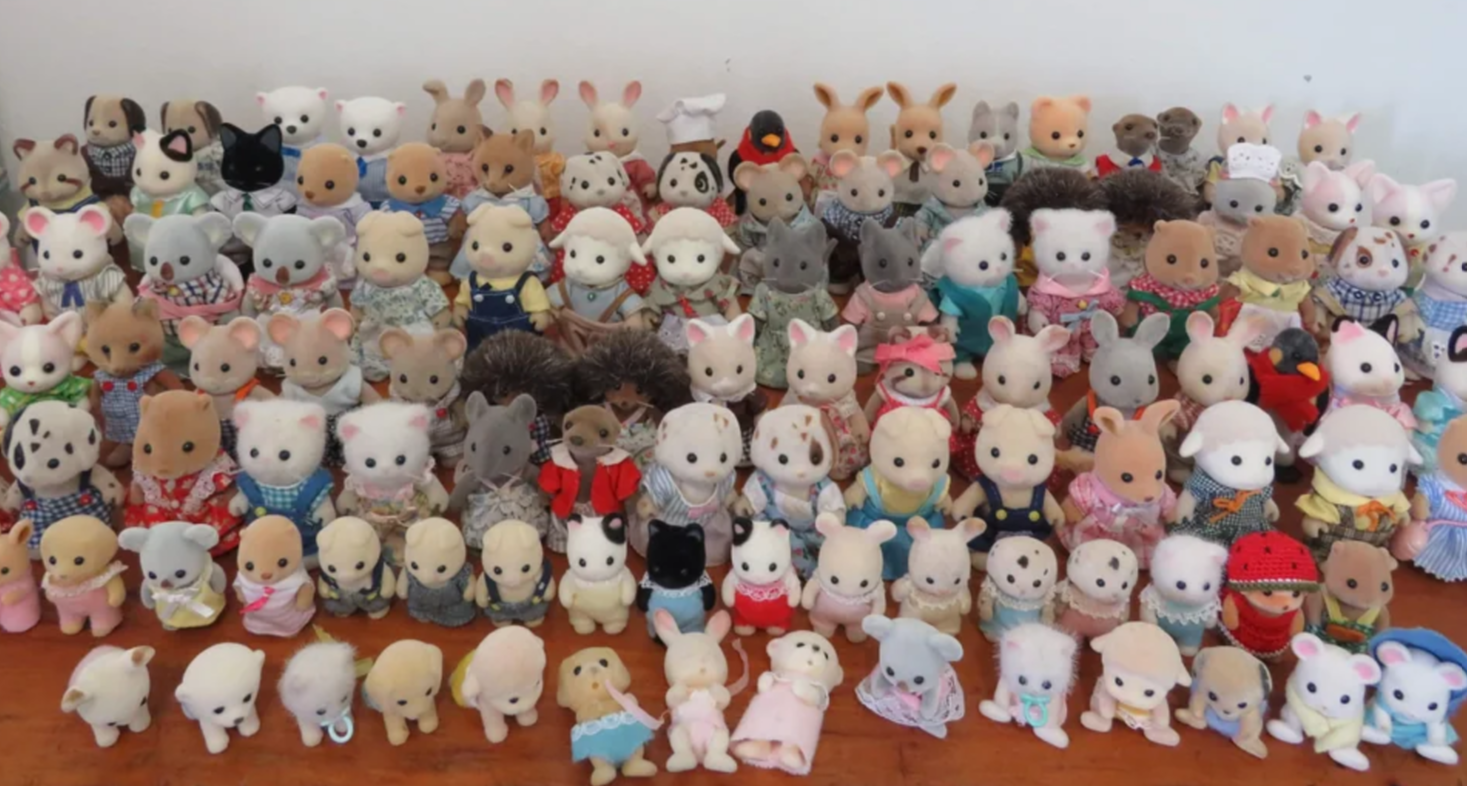By Maria-Nefeli Andredaki,
It has been observed in the past few years that adults, especially Millennials and Gen Z, are buying toys. Not as gifts for their children, but for their own personal use, which is mainly collecting and decorating their spaces. This has resulted in the dire need to express one’s “inner child”, a sort of nostalgia for one’s childhood and an ever-growing toy industry that is now reaching out to adults as a target-audience as well. This trend of toys being bought by young adults has a lot to do with the social, cultural and economic state of the world which, if you didn’t know, was shaped by the older generations who are passing criticism.
For Millennials and Gen Z especially, toys and collectibles recreate feelings that belong to a simpler time. Born roughly between the early 1980s and early 2010s, these generations grew up with toys like Pokémon cards, LEGO sets, action figures, and video games that defined their childhoods. Now, as adults, who are called to face the daily struggles of the world, they find joy in reconnecting with these beloved items from the past. For Millennials in particular, who grew up during the “golden age” of toy merchandising and classic cartoons, toys are a powerful symbol of nostalgia, often associated with memories of Saturday morning cartoons, video rental stores, and neighborhood playdates.

This trend was exacerbated from the pandemic, when everyone was required to put their dreams and lives on hold and instead, find something to do at home. Collecting trinkets that not only decorate your space but also provide you the experience of revisiting childhood memories, at a time when young adults are able to afford certain things and have control over money, should not be that hard to understand, in my opinion.
Keith Hayward, a criminology professor in Copenhagen, recently published his book called “Infantilised”, in which he supports that the “kidulting” phenomenon is detrimental to western societies, creating adults who are not even remotely equipped for the real world. As an example, he uses instances of his students choosing comfort over caring about the opinions of others while showing up to class in onesies. As someone who is both a young adult and an avid collector of figurines and trinkets that bring joy to most people, I understand Dr. Hayward’s perspective in the book but I do not support it. It must be weird for the older generation, who worked hard for their progeny to have an easier and fruitful future, to watch them hang out in toy stores, spend their money on collectibles instead of cars and houses, and proudly share their interests online, in a wider community that spans all over the world.
Truth is, the younger generations are fed up with what is deemed right and wrong by the older ones. Seeing the adult world in a state of disaster, with climate change, violence, discrimination and a failing economy, comfort and healing can be found in places like cartoons and fandoms, where you get the chance to escape, bond and have physical reminders of “everything is going to be okay”.
References
- Trinkets and Blind Boxes: Little Guys Having a Big Impact on Gen Z. The Harvard Crimsons. Available here
- Υπάρχει πιθανότητα η δυτική κουλτούρα να μας εμποδίζει να ενηλικιωθούμε; Lifo. Available here




